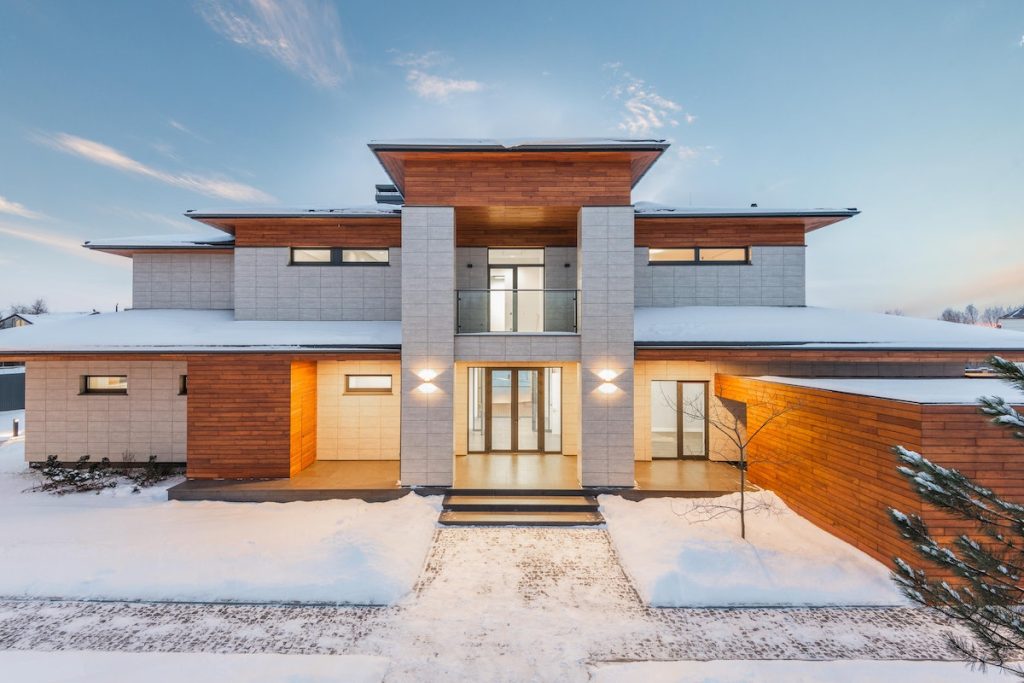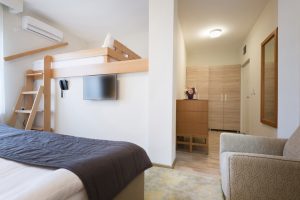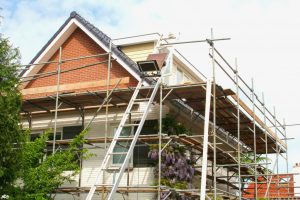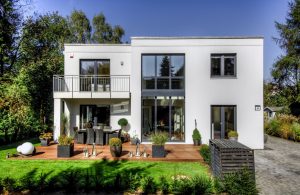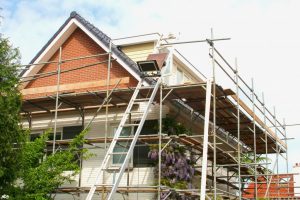- Choose insulation that is suitable for colder climates, such as fiberglass insulation, foam insulation, cotton batting, and cellulose insulation.
- Invest in durable roofing like metal roofing, asphalt or slate shingles, and tiles.
- Install an efficient heating system that can include central heating systems, portable heaters, fireplaces, or a combination of all three.
- Use energy-efficient windows and doors such as double-glazed or triple-glazed windows with high seals and coatings.
- Consider passive solar design elements like large south-facing windows and solar or wind turbines to reduce energy bills.
Building a home is a dream come true for many homeowners. However, if you’re planning to build your home in an area with a colder climate, you need to consider some key factors that can help you build a comfortable and energy-efficient home. This blog post will give you the best tips when building a home in an area with a colder climate. From insulation to heating systems, it will cover all the essential aspects you need to keep in mind to build your perfect dream home.
1. Choose the right insulation:
Choosing proper insulation is crucial if you’re building your home in a colder climate. Proper insulation helps to keep your home warm in the winter and cool in the summer. Insulation also helps to reduce your energy bills, making your home more energy-efficient.
When choosing insulation, use materials suitable for the colder climate. Fiberglass insulation is one of the most popular options for colder climates. This type of insulation is made from spun glass and helps to trap heat. Other popular options include foam insulation, cotton batting, and cellulose insulation.

2. Invest in durable roofing
Your roof is the first line of defense against harsh cold weather. Investing in a durable roof that can withstand extreme temperatures is essential for surviving cold climates. A metal roofing system is one of the best options for colder climates as it’s strong, lightweight, and can reflect the sun’s radiant energy. It can also last up to four times as long as other roofing systems.
But you can also choose other options, such as asphalt shingles, slate shingles, wood shakes, and tiles, which are all great for colder climates. Just make sure that you consider the wind, rain, and snow levels in your area before you choose any type of roofing system.
3. Install an efficient heating system:
A heating system is one of the most essential things you need to consider when building a home in a colder climate. Installing an efficient heating system not only helps to keep your home warm but also helps to reduce your energy bills. Consider the following options:
a. Central heating
Regarding central heating, you can opt for forced-air systems, radiant flooring, and geothermal heating systems. These systems are energy-efficient and can help keep your home warm in the winter months.
b. Portable heaters
Another option is to install portable heaters in your home. Portable heaters are a great option if you’re looking for a temporary solution. They’re also relatively inexpensive and can be used as a supplemental heating source in some areas.
c. Fireplaces
Fireplaces are also great for keeping your home warm in colder climates. They come in various designs and can be used as the primary heating source for your home. Just ensure you choose the right type of fireplace for your home to ensure maximum efficiency.
d. Heat pumps
Heat pumps are also an excellent option for colder climates as they can efficiently transfer heat from one area to another. They’re usually more energy-efficient than traditional heating systems and can help to reduce your energy bills.

4. Use energy-efficient windows and doors:
Windows and doors are key elements of your home’s design that can impact energy efficiency. Choose energy-efficient windows and doors that can help to keep your home warm in the winter and cool in the summer. Double-glazed or triple-glazed windows can help to reduce heat loss, making your home more energy-efficient. These types of windows also come with high-performance seals and coatings that can help to block out cold drafts.
5. Consider passive solar design:
Passive solar design is a design technique that maximizes sunlight to reduce the need for artificial heating and lighting. This design technique is particularly effective in colder climates where sunlight is limited. Consider incorporating passive solar design elements, such as large south-facing windows, into your home’s design to help reduce your energy bills and keep your home warm. If you’re serious about energy efficiency, installing solar panels or a wind turbine can also be beneficial.
Building a home in a colder climate can be daunting, but with the right tips, you can create a home that is comfortable, energy-efficient, and perfect for your family’s needs. Remember to choose the right insulation, invest in durable roofing, install an efficient heating system, use energy-efficient windows and doors, and consider passive solar design elements. With these tips, you can create a beautiful and cozy home perfect for surviving the cold climate.

